
 Instagram
Instagram
Related products
Degloving Injuries - Types and Causes


Related products
Degloving injuries, as defined in medical terminology, are a type of traumatic injury in which extensive sections of skin are torn off the underlying tissue, exposing bones and muscles. Dr. Emily Harris, a trauma surgeon, explains, "Degloving injuries occur when there is a significant force that shears the skin and subcutaneous tissues away from the underlying muscles, tendons, or bone." These injuries typically occur in high-energy settings such as industrial accidents or road traffic incidents.
Importance of Understanding Degloving Injuries
Understanding degloving injuries is critical due to their prevalence in specific occupations and activities. According to the Occupational Safety and Health Administration (OSHA), industries such as construction, manufacturing, and agriculture report a higher incidence of such injuries. Dr. Harris notes, "The severity of these injuries often results in long-term disability, and in some cases, can be life-threatening." This underscores the importance of preventive measures and safety protocols in high-risk environments.
The purpose of this article is to provide comprehensive information on the types and causes of degloving injuries. Targeting healthcare professionals, safety officers, and the general public, the article aims to enhance awareness and understanding, thereby contributing to improved prevention and management strategies.
WARNING: The following content contains sensitive medical photos that some viewers may find distressing. Viewer discretion is advised.
Types of Degloving Injuries
Degloving injuries, characterized by the severe separation of skin and underlying tissues from the body, present in various forms, each with unique challenges and implications for treatment. This section delves into the distinct types of degloving injuries, categorizing them based on the depth of tissue involvement and the nature of the wound. Understanding these types is crucial for medical professionals in diagnosing and devising appropriate treatment strategies. We will explore skin-only degloving injuries, which affect only the skin layer, full-thickness degloving injuries that involve deeper structures like muscles and tendons, and differentiate between open and closed degloving injuries, each presenting its own set of complexities in medical management.
Skin-Only Degloving Injuries
Skin-only degloving injuries involve the separation of the skin and subcutaneous layers from the underlying fascia without damaging deeper structures. Dr. Alan Thompson, a plastic surgeon, states, "These injuries often occur on the extremities, like hands and lower legs, where the skin is more tightly adhered to the underlying fascia." Although less severe than full-thickness injuries, they still require prompt medical attention to prevent complications.
Full-Thickness Degloving Injuries
Full-thickness degloving injuries involve not only the skin and subcutaneous tissue but also deeper structures such as muscles, tendons, and bones. "These injuries are more complex and present a significant challenge in terms of reconstruction and rehabilitation," says Dr. Thompson. Common sites for these injuries include the scalp, limbs, and torso, often resulting from high-impact trauma.
Open vs. Closed Degloving Injuries
Degloving injuries are classified into open and closed categories. Open injuries involve a visible wound, while closed injuries occur beneath intact skin. "Closed degloving injuries are particularly dangerous as they can be easily overlooked, leading to severe complications," warns Dr. Harris. The treatment and recovery processes differ significantly between open and closed injuries, with closed injuries often requiring more intricate diagnostic and therapeutic approaches.
Causes of Degloving Injuries
The etiology of degloving injuries is diverse, stemming from various scenarios that exert extreme forces on the body, often leading to the traumatic separation of skin and underlying tissues. In this section, we will examine the primary causes of these injuries, highlighting the role of industrial and occupational hazards, the impact of road traffic accidents, the risks associated with sports and recreational activities, the dangers posed by animal attacks, and a range of rare and unusual circumstances. Understanding these causes is vital for both healthcare professionals in treating these injuries and for policymakers and safety officers in devising effective preventive strategies.
Industrial and Occupational Hazards
Machinery accidents in industrial settings are a common cause of degloving injuries. "Workers operating heavy machinery without proper safety measures are at a high risk," says OSHA representative Mark Sullivan. Falls and crush injuries in the workplace, particularly in construction and manufacturing, are also significant contributors.
Road Traffic Accidents
Degloving injuries in road traffic accidents often occur when pedestrians or cyclists are struck by vehicles. "The impact forces involved in such accidents can easily lead to severe degloving injuries," observes Dr. Harris. Additionally, motorcycle and bicycle accidents, due to the exposed nature of the rider, frequently result in such injuries.
Sports and Recreational Activities
High-impact sports and extreme activities pose risks for degloving injuries. Accidents involving sports equipment, especially in sports like rock climbing or gymnastics, can lead to severe degloving, especially on the limbs.
Animal Attacks
Large animal attacks, though less common, can result in degloving injuries. The nature of the injury in such cases is often more complex due to the irregular force and potential for infection.
Rare and Unusual Causes
Less common causes include self-inflicted injuries and accidents occurring in household or everyday life scenarios. While rare, these incidents highlight the unpredictable nature of degloving injuries and the need for general awareness.
This detailed overview of degloving injuries underscores their complexity and varied causes. Understanding these aspects is crucial for effective prevention, timely diagnosis, and appropriate management, aligning with the key theme of enhancing awareness and knowledge about degloving injuries among the intended readership.
Risk Factors and Prevention
In addressing degloving injuries, it's essential to identify and understand the risk factors contributing to their occurrence and to implement effective prevention strategies. This section focuses on pinpointing high-risk populations through occupational risk assessments and demographic analysis, exploring safety measures and protective equipment vital in various environments, and emphasizing the role of education and training in reducing the incidence of these severe injuries. By dissecting these aspects, we aim to provide insights into how targeted interventions and heightened awareness can substantially decrease the risk of degloving injuries across different settings.
Occupational Risk Assessment
Occupational risk assessment plays a pivotal role in identifying those at higher risk of degloving injuries. Industries such as construction, manufacturing, and agriculture, where heavy machinery and manual labor are prevalent, are particularly susceptible. Dr. Emily Harris states, "Regular risk assessments in these industries can significantly reduce the incidence of such injuries."
Demographics Most Affected
Degloving injuries do not discriminate by age or gender, but certain demographics are more prone due to occupational and recreational choices. "Younger, male individuals are more frequently affected, largely due to their predominance in high-risk occupations and activities," notes Dr. Alan Thompson.
Safety Measures and Protective Equipment
Implementing strict safety protocols in the workplace is essential. Mark Sullivan from OSHA highlights, "Enforcing the use of appropriate safety equipment and adherence to safety guidelines can drastically reduce the occurrence of degloving injuries in industrial settings."
In sports and recreational activities, the use of protective gear such as gloves, helmets, and appropriate footwear is crucial. "Athletes and recreational enthusiasts must be educated about the importance of protective equipment to prevent such traumatic injuries," advises Dr. Thompson.
Education and Training
Awareness programs targeting both workers and the general public can increase knowledge about the risks and preventive measures of degloving injuries. "Educational campaigns can play a significant role in reducing these injuries," says Dr. Harris.
First-aid training, specifically tailored to handle degloving injuries, is vital, especially in high-risk environments. "Timely and appropriate first-aid response can be a lifesaver in the event of a degloving injury," emphasizes Dr. Thompson.
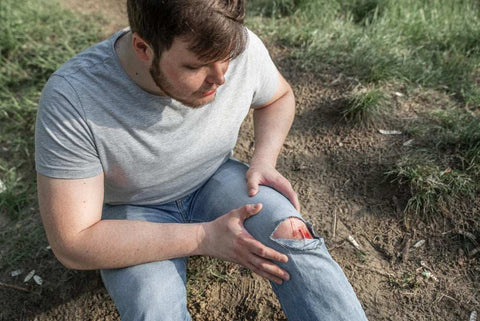
Conclusion
This article has provided an in-depth look at the various types and causes of degloving injuries. From skin-only to full-thickness injuries, and from industrial accidents to sports-related incidents, the range of causes underscores the need for heightened awareness and preventive measures.
The severe nature and potential long-term impact of degloving injuries cannot be overstated. They are not only physically debilitating but also emotionally and financially taxing for the victims and their families.
Preventive strategies, such as risk assessments, use of protective gear, and adherence to safety protocols, are crucial in mitigating the occurrence of degloving injuries. "Prevention is always better than cure, especially in the context of such severe injuries," concludes Dr. Harris.
Future research should focus on advancing treatment techniques, rehabilitation methods, and developing innovative protective equipment. Continued education and training will also play a critical role in managing the risk of degloving injuries.
In conclusion, while degloving injuries are complex and challenging, a concerted effort in prevention, education, and research can significantly reduce their incidence and impact. This article aims to contribute to that effort by enhancing understanding and awareness among healthcare professionals, safety officers, and the general public.





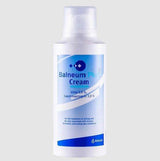




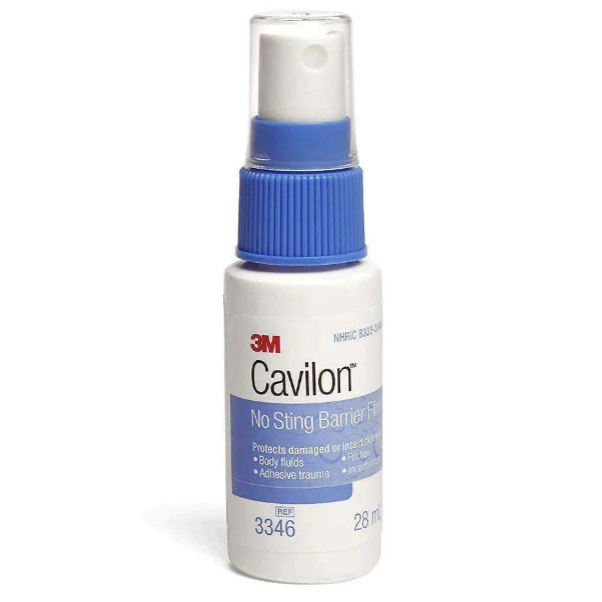


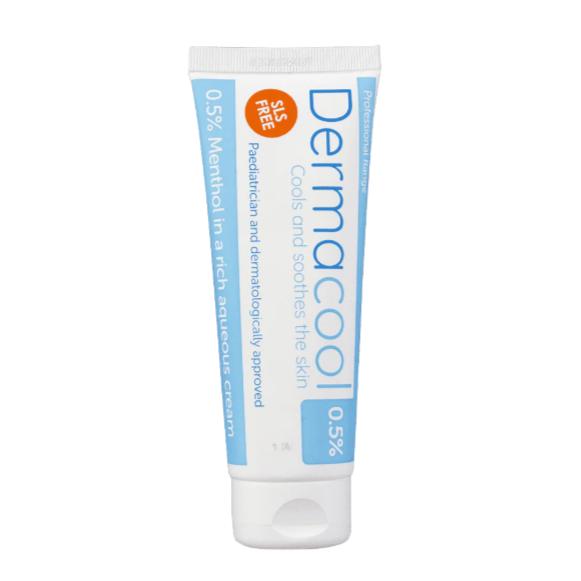








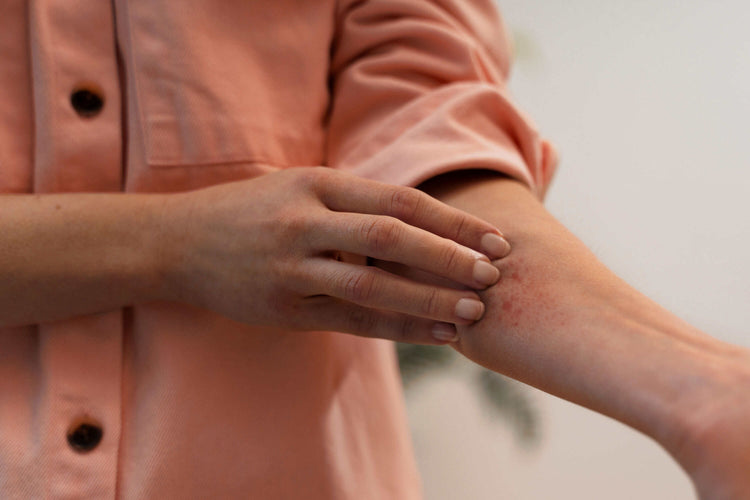









 Rated Excellent by 26,523+ Reviews
Rated Excellent by 26,523+ Reviews